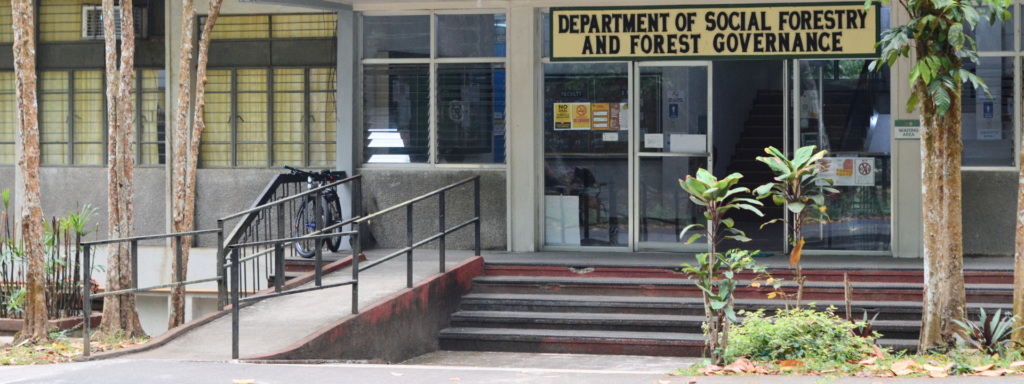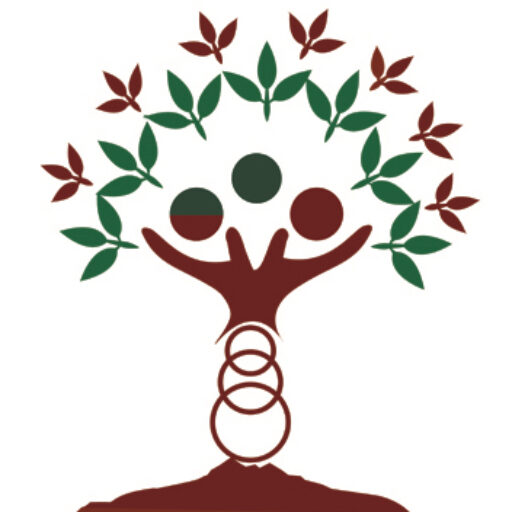
Mangroves are among the world’s most productive ecosystems. They enrich coastal waters to yield commercial forest products, protect coastlines, and support coastal fisheries. They have unique characteristic by being true ecotones of land and ocean. The term mangrove denotes two different concepts according to Lugo and Snedaker (1974) and Alongi (2010). First, it refers to a group of salt-tolerant plants belonging to nine orders, 20 families, 27 genera, and roughly 70 species. These plants have natural capacity to cope with changes in water and sediment salinity. Second, it refers to complex plant communities that fringe tropical and subtropical (32° N to 32° S) shores and delimited by major ocean currents and temperature (Saenger 2002). Mangroves are also well adapted to deal with natural stressors such as high temperature, anaerobic sediments, and extreme tides.
Among the mangrove sites in the Philippines, Verde Island Passage Biodiversity Corridor which spans to 1.4 million ha, and shelters around 17,000 of mangroves, necessitates serious attention because of five equally important reasons. First, it shelters rich biodiversity and supports important domestic fishery industry, which therefore demands serious conservation. Second, rapid urbanization of coastal areas has been observed as a major threat causing coastal resource degradation. Third, deforestation drivers and trends are yet to be fully delved. Fourth, rehabilitation is now becoming popular approach. Lastly, studies on climate change mitigation function of mangroves have not been fully explored vis-à-vis deforestation, rehabilitation, and protection efforts being done in the sites.
In response to the abovementioned concerns, this research project generally aims to determine the blue carbon potential of selected mangrove sites along Verde Island Passage (VIP). Such information will help provide baseline information for possible carbon offset programs in the future. Further, it also aims to describe: 1) how and why mangrove cover has changed through time; 2) difference in the carbon stock among degraded, rehabilitated / restored, and protected mangroves. Such information are valuable for crafting effective coastal resource management strategies that local government units (LGUs), Department of Environment and Natural resources (DENR), Bureau of Fisheries and Aquatic Research (DABFAR), and other relevant
stakeholders can pursue.
This study generally aims to determine the blue carbon potential of mangroves along Verde Island Passage Biodiversity Corridor. Specifically, it intends to:
- describe and explain land cover and land use changes in mangrove areas using
geospatial analysis; - characterize mangrove formation of the selected sampling site;
- determine the plant diversity, stand density, biomass and carbon stocks of selected sampling sites in view of two different stand management types: a) under rehabilitation / restoration; and b) under protection management;
- estimate the total blue carbon stock potential and its spatial-temporal changes for the whole study site; and
- recommend strategies for mangrove conservation and blue carbon offset project.

